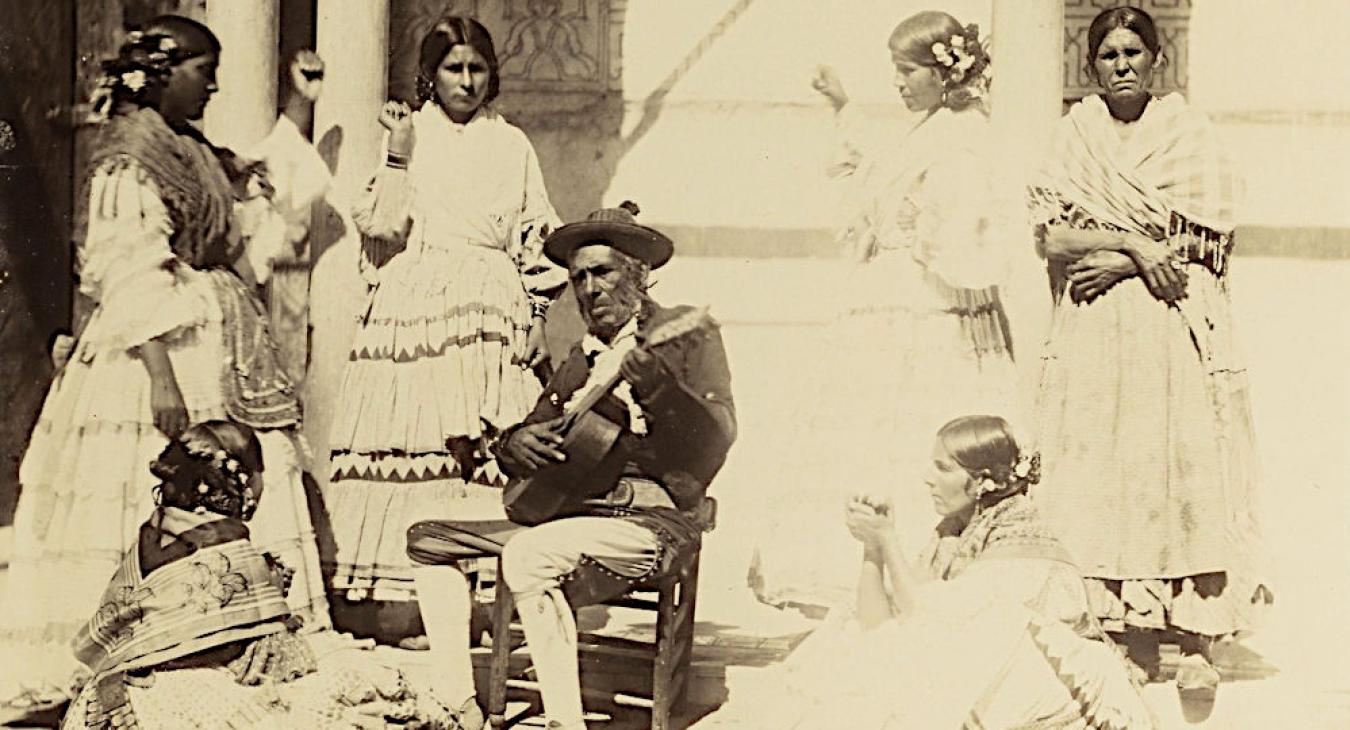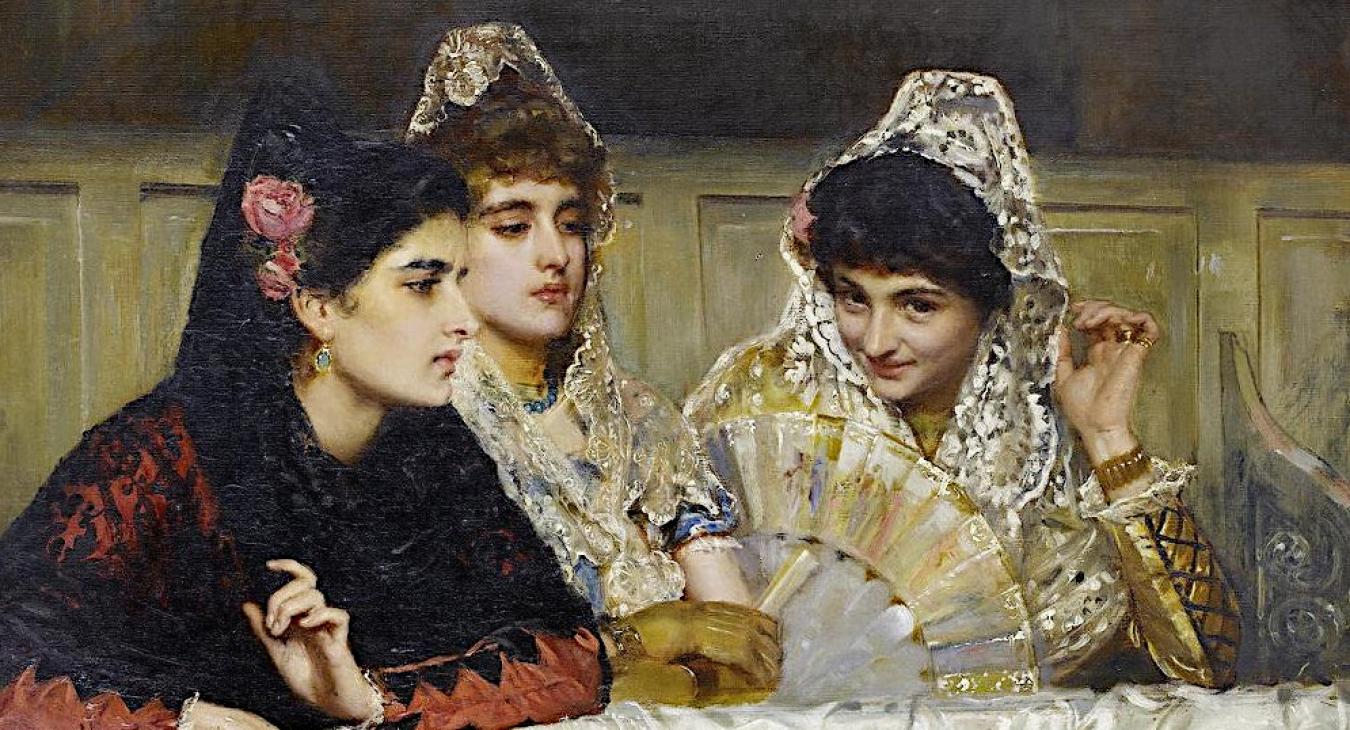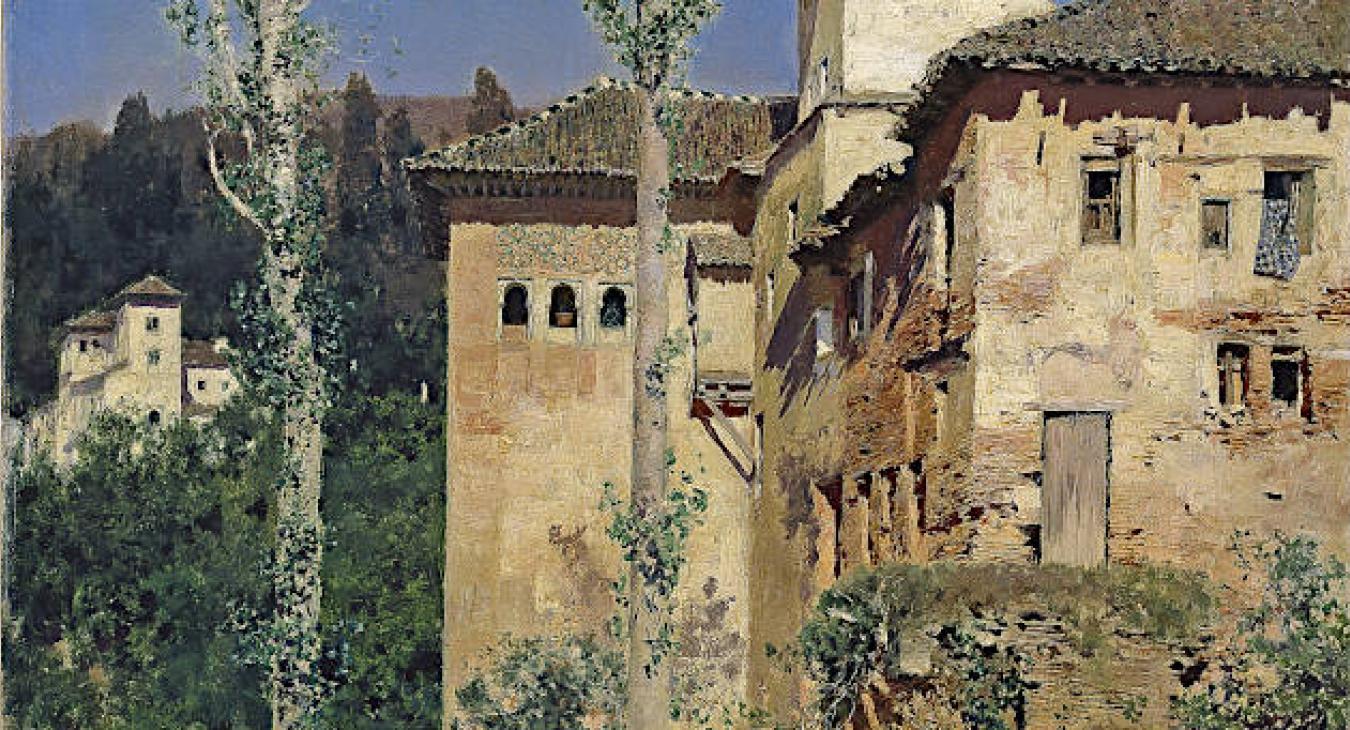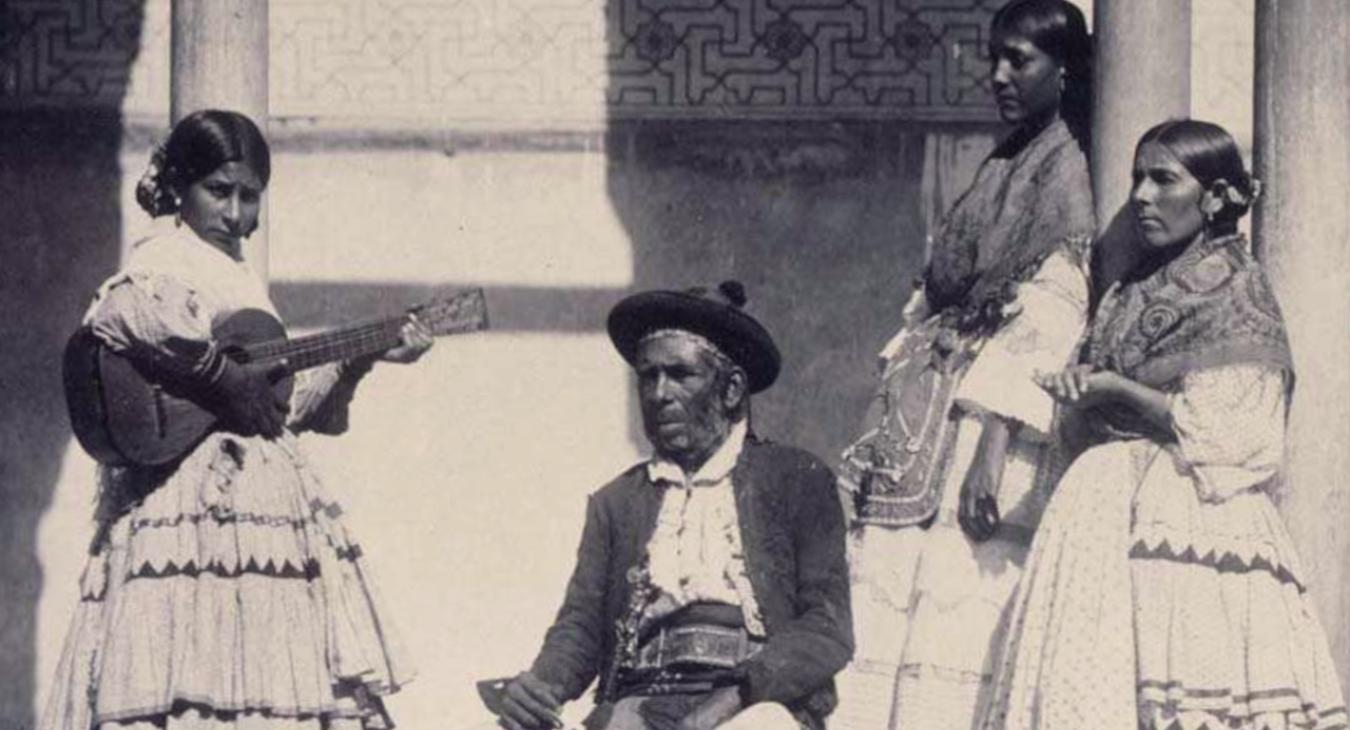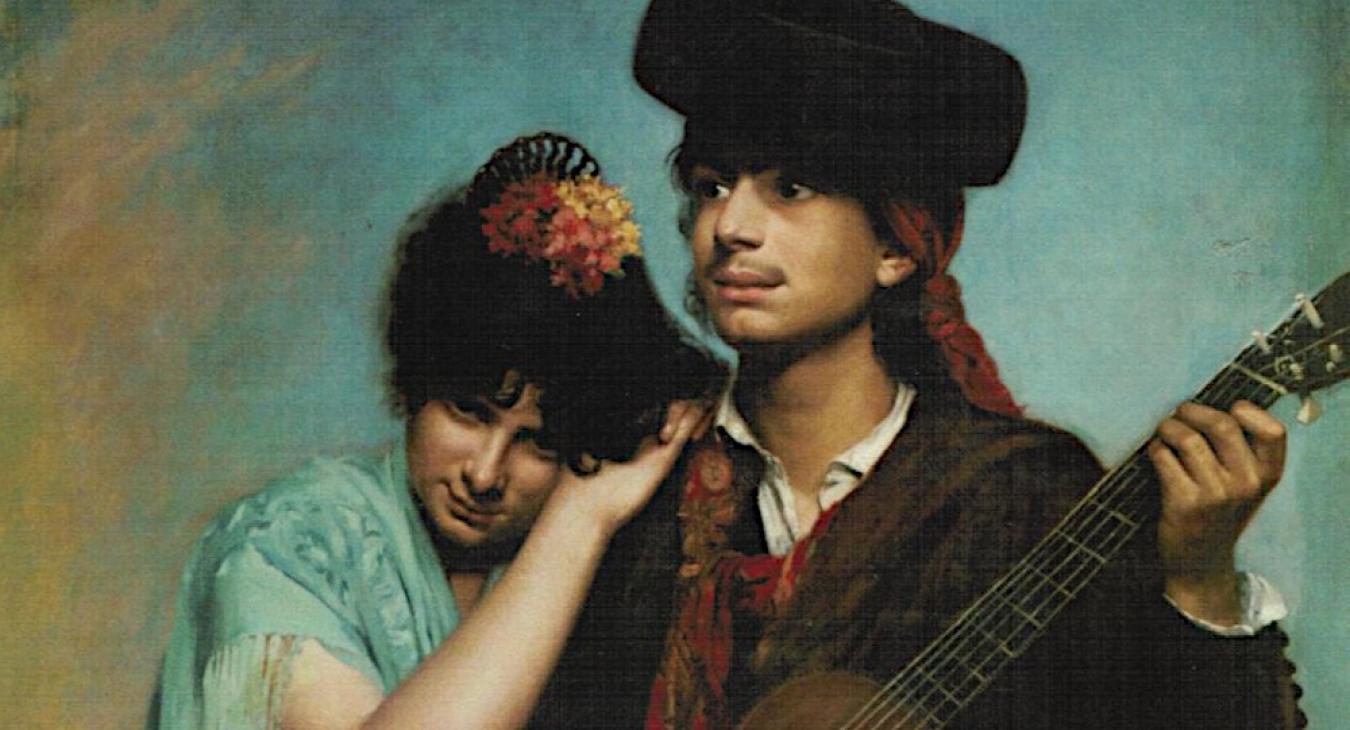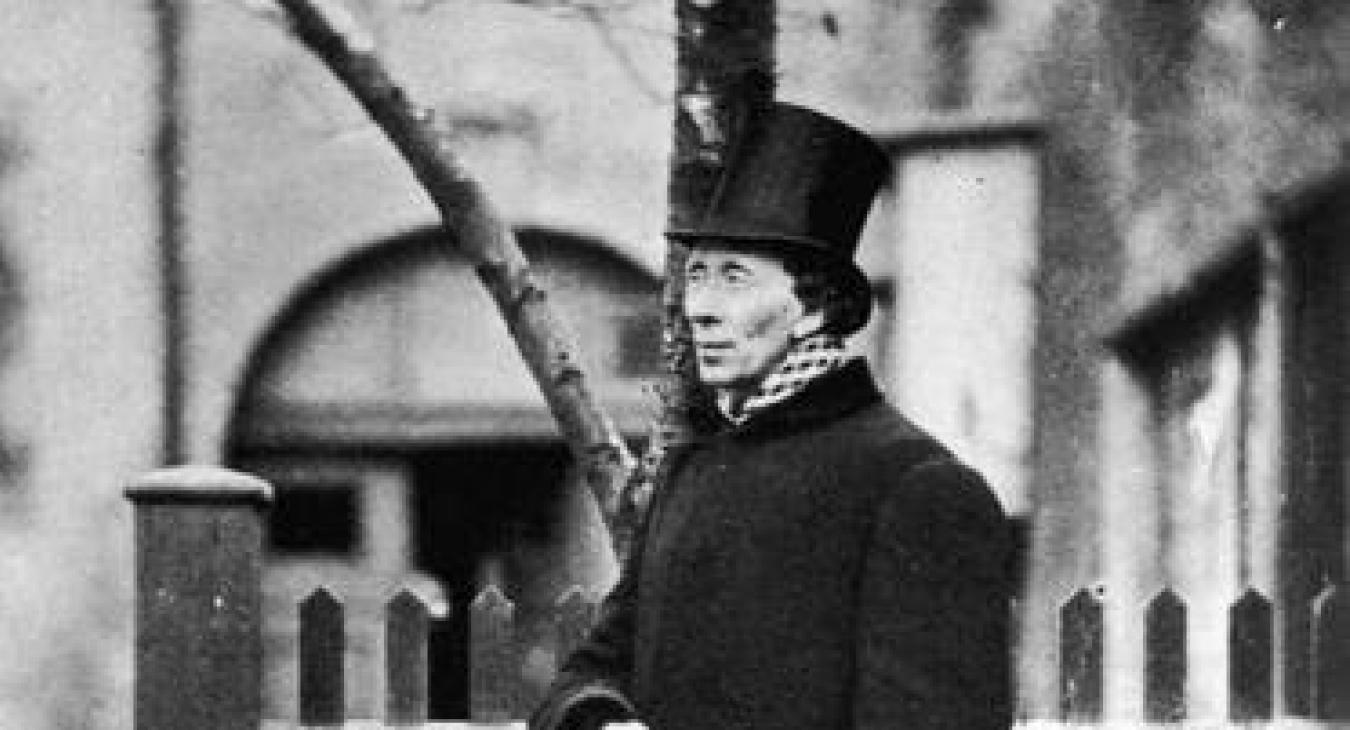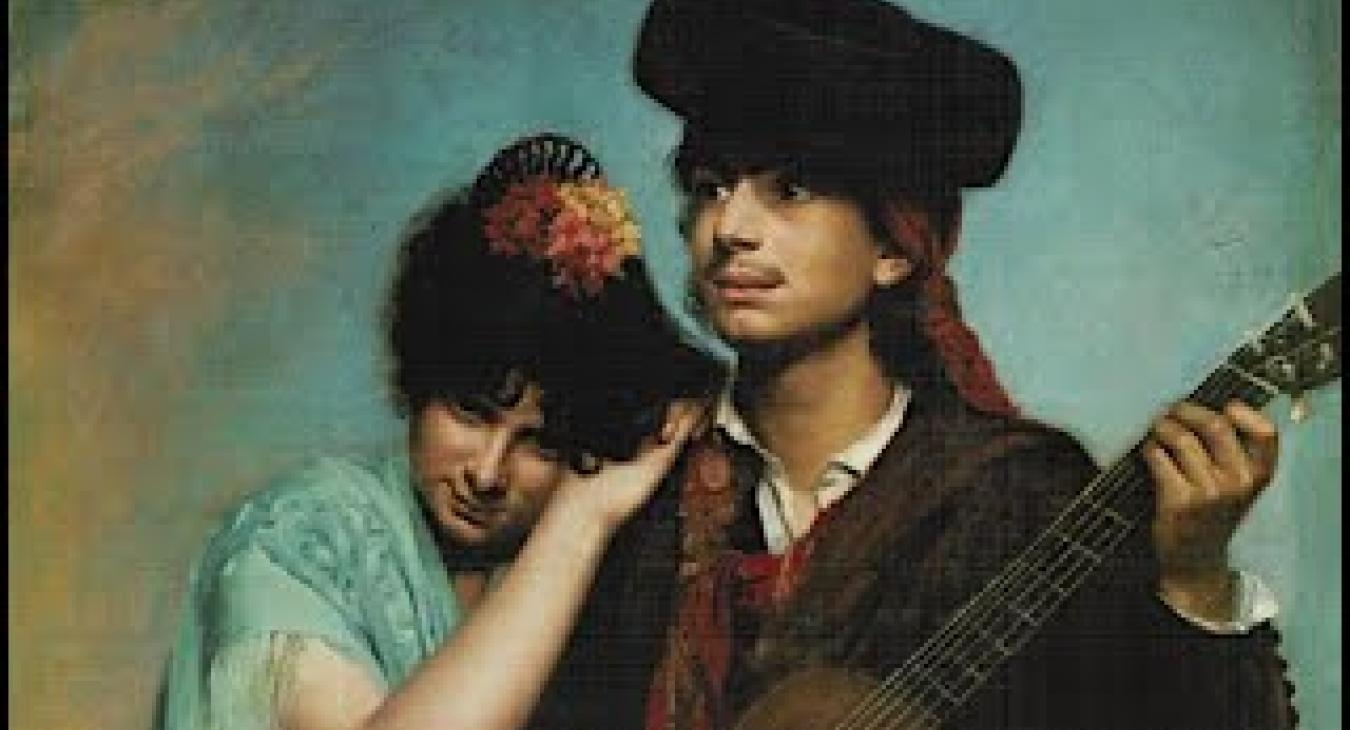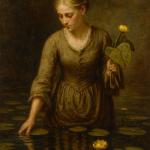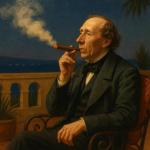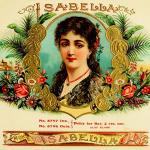"The Mirror of the Sun" pays tribute to a collection of sensuous poems written by the Danish poet Hans Christian Andersen during his travels to Spain in 1862. "The Mirror of the Sun" is a collection of Art Songs that weave together diverse cultural references, creating a fusion of Danish and Spanish cultures. The music in "The Mirror of the Sun" is a unique amalgamation of various genres and styles; the compositions and arrangements blend elements of European late Romanticism and early Flamenco music with modern experimental compositions. The outcome is a sonic universe that bridges different eras, locations, and artistic expressions.
Listen to the songs on Youtube
Woe is me, my Alhama!
"Woe is me, my Alhama!" comprises various musical pieces, all resonating with Hans Christian Andersen's stay in the Spanish city of Granada in the autumn of 1862. The suite starts with two re-arranged Spanish Renaissance songs by Poul Udbye Pock-Steen. The last of these is sung to lyrics that Andersen likely wrote during his visit to the city, a paraphrase of an older English translation of the renowned Spanish ballad "¡Ay de mi Alhama!"
The compilation culminates in a simple song, "A mi pena," composed by Poul Udbye Pock-Steen. This piece is set to traditional polo lyrics and is inspired by early Flamenco traditions.
Listen to the entire suite on Youtube
A mi pena y desengaño
ya no le encuentro consuelo
porque no puedo olvidar
lo mucho que yo te quiero
Que te soy indiferente
estoy notando en tus ojos
me vas a causar la muerte
por culpa de tus antojos
Songs about the Fall of Muslim Granada
The two Spanish Renaissance songs, "Qu'es de ti, desconsolado" by Juan del Enzina and "Paseábase el rey moro" by Luys de Narváez, both revolve around the fall of Muslim Granada at the end of the 15th century. The latter song is based on the romance featuring the famous refrain: "¡Ay de mi Alhama!" (Woe is me, my Alhama!).
A Fascination with the history of Granada
Hans Christian Andersen was deeply intrigued by Granada and its historical significance as the last stronghold of Moorish Spain (from 711 to 1492). Andersen, naturally, visited the Moorish palace of Alhambra, already a major tourist destination at the time. His visit is extensively chronicled in his spirited travel book 'In Spain' and in his diaries. It is likely here that he found inspiration to pen the Danish version of the old Spanish romance.
In the description of the visit to Alhambra, Andersen briefly mentions an incident that, in several ways, bridges the past and present:
The Gypsy Prince Chorrojumo
As Andersen, accompanied by his travel companion Jonas Collin and a guide, ascends the hill to the Alhambra Palace, he notices a group of boisterous gypsies descending towards the city of Granada. The guide explains that this group had just been photographed by the reknowned English photographer Charles Clifford in one of the palace's inner courtyards.
At that time, Clifford was traveling around Spain to document the gypsy culture and the recently emerging Flamenco music.The group of gypsies, who were going to be documented by Clifford, was led by Mariano Fernández Santiago, known as Chorrojumo, a local figure who made his living entertaining tourists with tales of Alhambra and posing for photographs as the genuine gypsy he was.
The photographs of Chorrojumo and his group, taken by Charles Clifford at the Alhambra that very same day just hours before Andersen's arrival, still exist and can be viewed above in the photo gallery and in this video.
MIRROR OF THE SUN
"Woe is me, my Alhama!" belongs to a collection of classical art songs for chamber ensemble, primarily featuring lyrics by Hans Christian Andersen and music by various composers. The songs were recorded live at the Nyvang Church in Kalundborg, Denmark.
The music in 'Mirror of the Sun' is composed and arranged for a unique combination of instruments: piano, marimba, romantic guitar, early flamenco guitar, clarinet, gaita (a Spanish folk music instrument), and viola da gamba. The songs are performed by two classical singers and a singer employing vocal techniques from world music genres.
'Mirror of the Sun' is based on a series of quasi-modernist and sensuous poems written by Hans Christian Andersen during his journey to Spain in 1862. The poems display a range of stark contrasts; South-North, passion-sobriety, sensuality-abstinence, youth-old age, nationalism-global perspective, Protestantism-Catholicism, life-death, and more. These poems distinctly differ from the rest of Andersen's poetry and are in many ways ahead of their time, both in form and content. When published in Denmark, they didn't receive much enthusiasm; they were simply considered too daring.
The video with a live recording of "Woe is me, my Alhama!" is just one in a longer series of fascinating music themes. I highly recommend subscribing to the Via Artis Konsort's video channel on Youtube.

